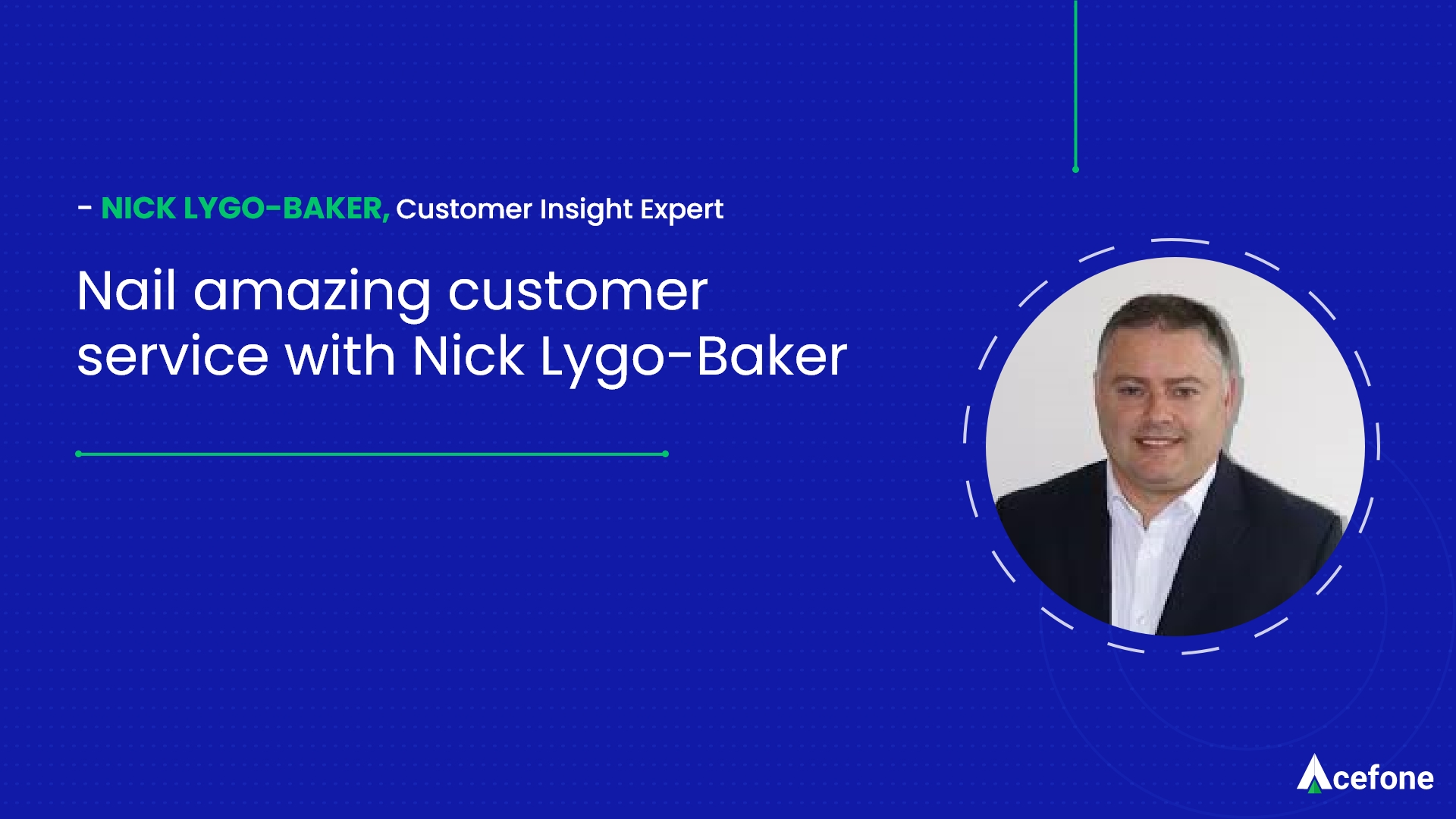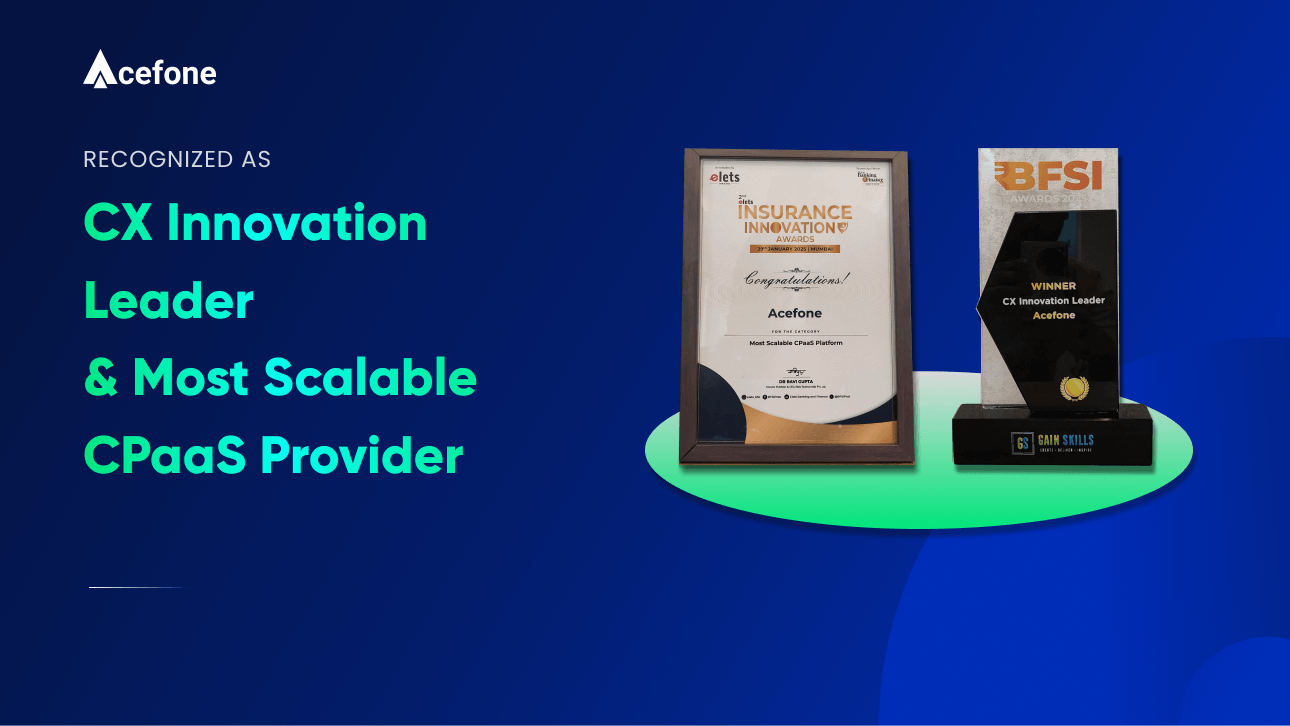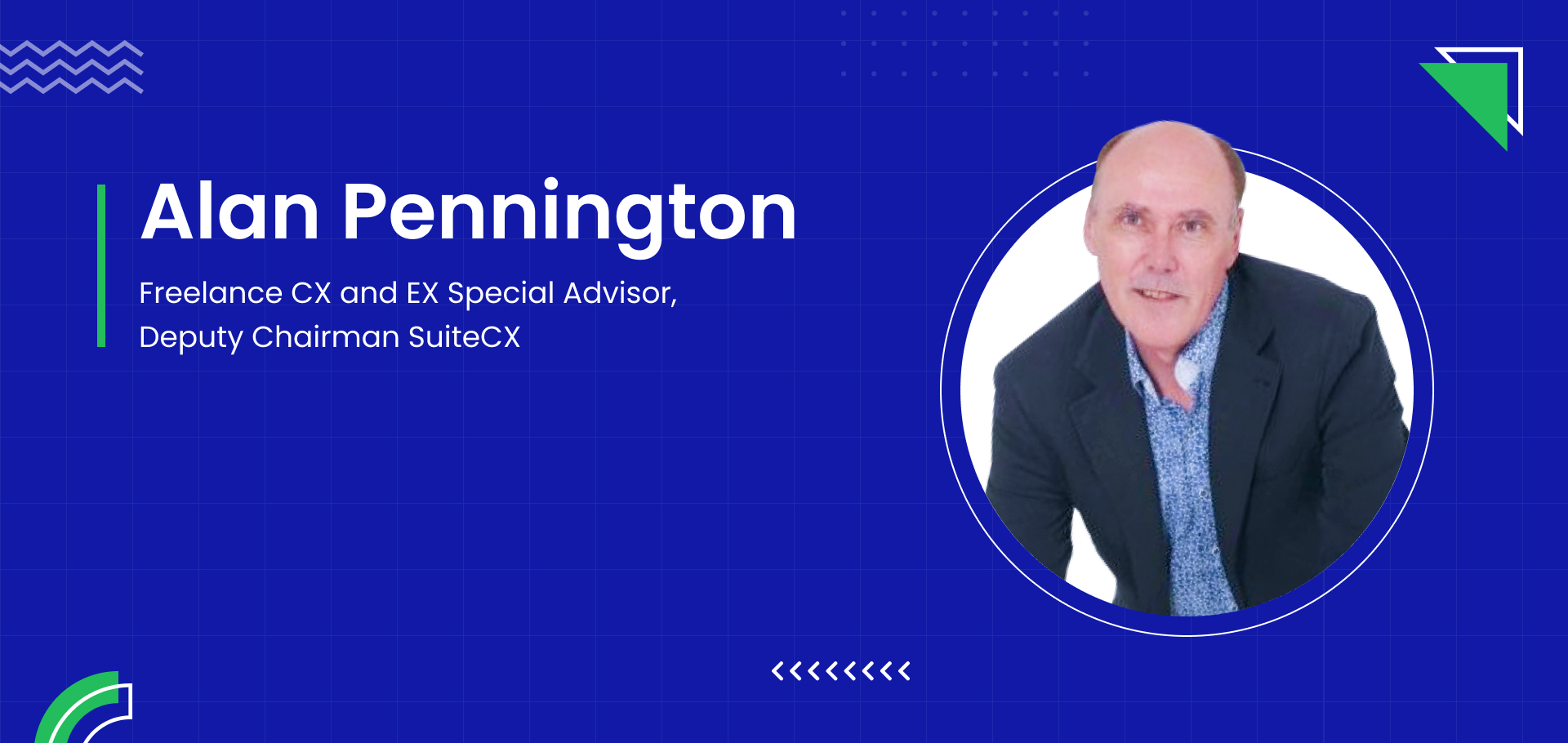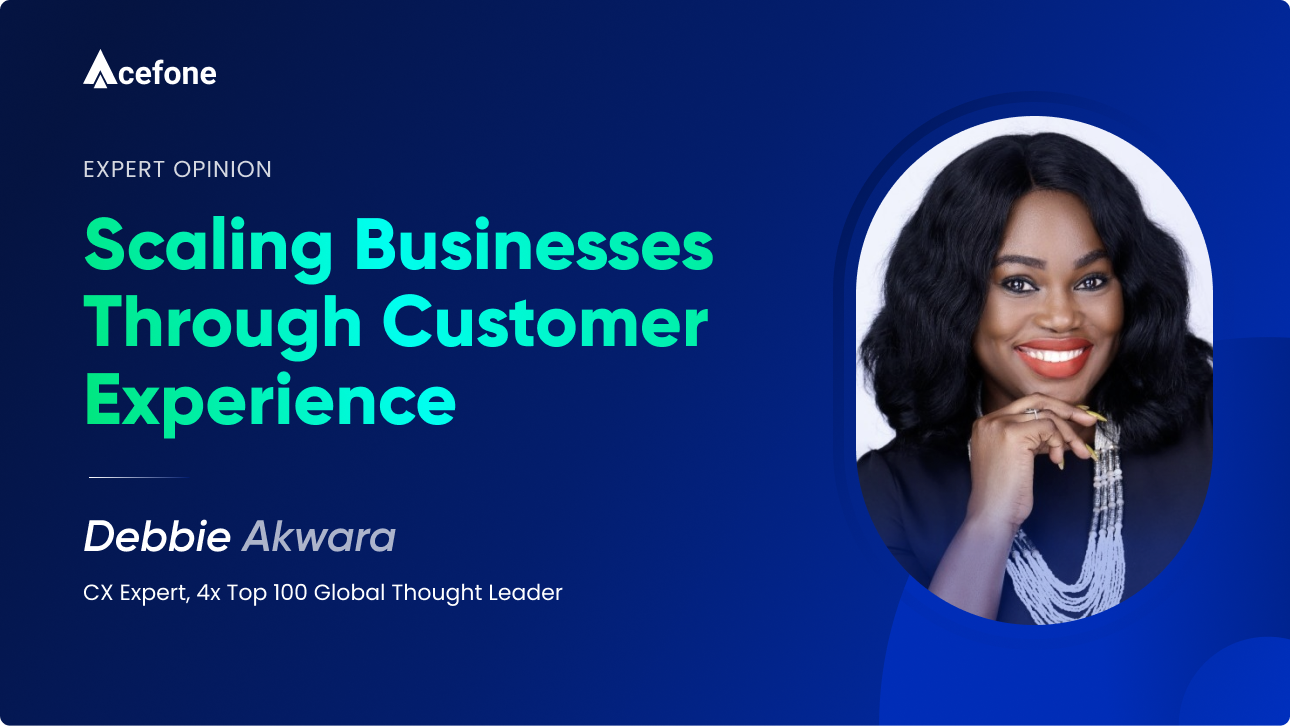If we told you that you could buy your favourite product for a very good price, but the service afterwards would be abysmal, would you still go ahead and buy the product? No? We thought so too.
When it comes to customer experience, much has changed over the past two decades. From selling products to delivering experiences, and from focussing on profits to prioritising customers’ needs, the industry has undergone a major paradigm shift when it comes to end goals.
Not just staying relevant but even surviving this change has meant that organisations had to realign their objectives—both short and long term and look at customer experiences (CX) with a completely new lens. The lens which puts customers at the focal point and everything becomes a part of peripheral vision.
We caught up with Nick Lygo-Baker, who completed twenty years of belonging to the world of CX this year, to understand the know-how of delivering impeccable customer service.
Nick Lygo-Baker is a customer experience and insight expert and the founder of Paradigm CX, a customer experience research agency. He has held leadership roles in some of the best customer research organisations across the globe and is also an international bestselling author.
Ask Nick how he ended up in CX, and he says, “I have always been in a role which has had customers, from my first job serving in a fish and chip shop to global roles managing CX and Insight.”
The behavioural science element of customer engagement, he says, had always interested him. “My first role in e-commerce involved understanding customer touchpoints and discovering ways to make products more accessible to customers; although at that time, this was not identified as managing the UX, as it is today. Wow––that makes me feel old!” he shares, laughingly.”
Talking about the importance of being a ‘people person’, Nick says that companies need to look beyond Kotler’s 4 ‘P’s––price, product, place, promotion. He adds, “Even when I was studying at university, we spoke of a 5th P; People. Emotional intelligence is vital––whether you’re a business leader or a shop floor assistant. Knowing when people need help, support or just a friendly smile is the key personality trait.
While this may not come naturally to some, I do believe that certain behaviours can be learned and this is why we work with organisations to help embed a customer-first mentality.”
So, what’s his idea of a good customer experience?
“Wow, what a question! Fundamentally, CX is all about understanding the purpose of your business in the eyes of the customer. Good CX doesn’t just have to be associated with high-end luxury. Sometimes, simple things make all the difference. Just by making it easy to engage with a brand can have significant positives in the success of that company.”
Anyone who knows even a little bit about the industry knows that it’s never an easy journey. Nick faced a fair share of challenges himself. These included overcoming the silo effect prevalent in organisations and articulating the basic premise of CX and how it can be managed.
“CX can cover a vast array of subjects, functions, and touchpoints within an organisation. As a result, finding who to engage with other than a CEO is challenging in order to gain support and momentum. This is, in part, driven by silos and spreads ownership.
Leaders are bright people and while the concepts are grasped easily, the pressure to deliver to shareholders and the traditional ways of working make it a challenge to convince an organisation to adopt change.”
Technology, he says, has helped throughout this journey. He adds, “Customers are more advanced. The channels they choose to shop through are greater in number and this has disrupted those traditional processes. By creating opportunity, organisations with a pure customer focus have been able to establish themselves and demonstrate the benefit of this approach.”
He also believes that collaboration is a significant factor when it comes to adopting a customer-centric approach. “At a project level, you can make some processes more customer and employee focused. But being truly customer-centric requires company-wide engagement, both with employees and suppliers to set and meet customer expectations. Collaboration is not only important, but it is vital for the success of CX initiatives within organisations,” he opines.
After all, customers remember poor experiences longer and stronger than they remember the good experiences. “To quote James Dodkins, a CX expert––‘One person’s bad experience can be someone else’s first impression of your business.”
Sharing an example from his personal life, Nick tells us: “I haven’t always been in a position to afford a new car, but when that day arrived, I was excited to go through the experience of customising the car and then waiting for it to arrive. The dealer had agreed on a monthly price on a finance deal. I was unable to get the paperwork in advance to look through.
On the day of collection, the paperwork was ready. While I was expecting a 36-month-term, they had marked a 48-month-term. Although the monthly price was lower, I was now expected to own the car for an additional 12 months which went past the car’s warranty.
The sales experience had left me feeling betrayed and frustrated. Not to mention the £6K+ out of pocket for an extra 12 months I hadn’t factored into the deal.
There were a number of issues I experienced throughout ownership which the dealer failed spectacularly to resolve. When the finance term was over, I gave the car back and refused to upgrade to the next model.
The irony is that I love the product and have almost always owned one of this brand’s cars since I could drive. But the actions of one unscrupulous dealer and their poor service made me wary of the brand. For the EOM, this meant the loss of approximately £250K if I was to drive until I am 75!
You may be familiar with the ‘Peak-End Rule’, which focuses on the first and last impressions as the main memory points of experience. It was developed as a concept for managing pain in recovery from medical procedures. As long as the last points of the experience are positive then the elements confined to memory are the positive ones.”
So, does the CX guru have any tips on de-escalating a frustrated customer? “The answer is ELASTIC––Empathy; Listen; Apologies; Sort; Thank; Inform; and Close. We must remember that customer service is a component of CX but is not to be confused with being the CX as a whole. There needs to be consistency in expectations with every touch-point, from advertising, sales, and service recovery.”
He also advises against not having a deliberate and purposeful customer strategy. A miss as basic as this means that business decisions are made with business output in mind, and not CX. Consequently, customers’ experiences become random, often oscillating between positive and damaging.
He concludes, “Every business––whether a B2C, B2B, or even internally between departments, must take time to understand the customer journey they provide. By listening to your customers about the friction points which impact their engagement with you, you can make small, inexpensive changes that can have a big impact on your CX!”














